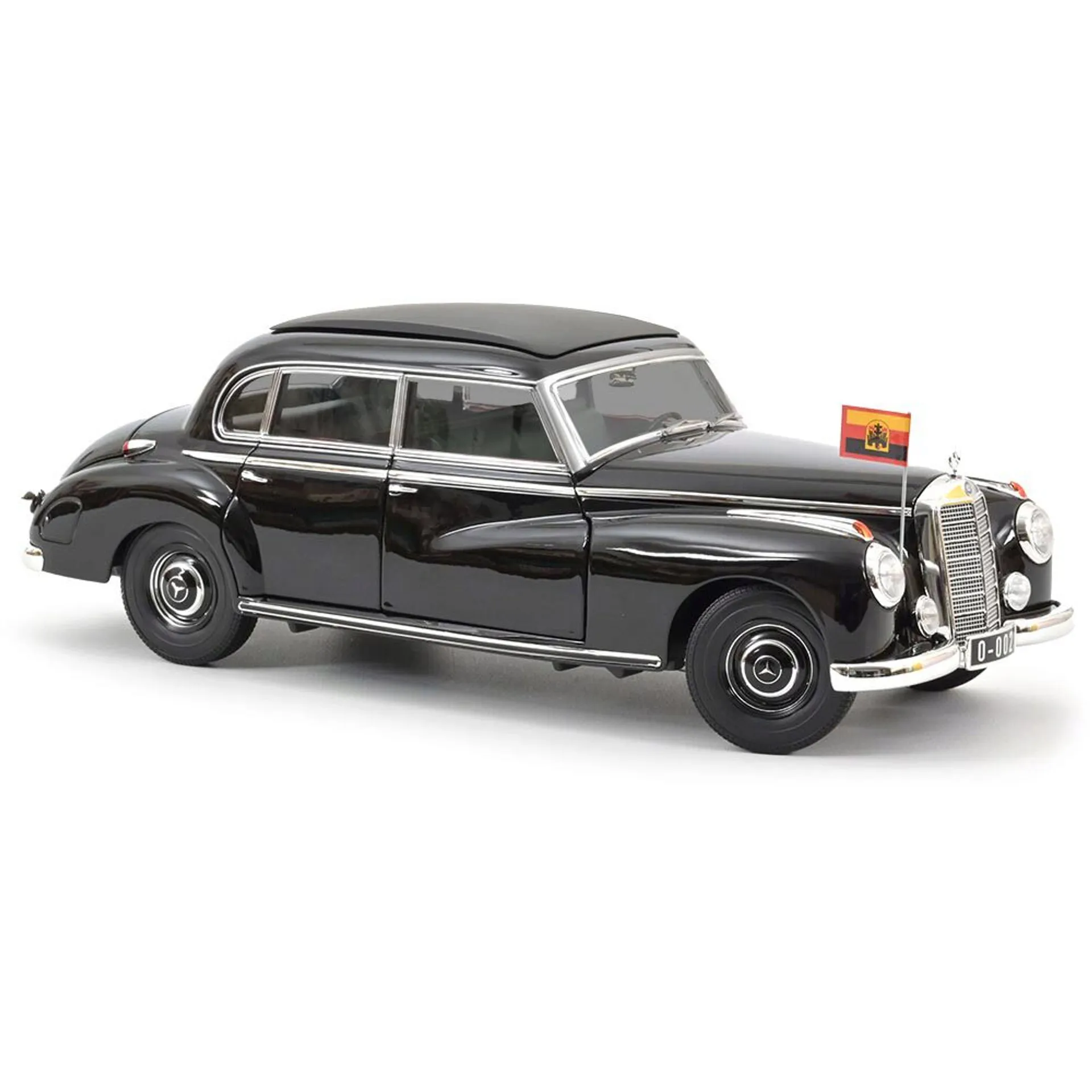Understanding Diecast Model Cars
Diecast model cars have captivated enthusiasts of all ages for decades, offering a tangible connection to automotive history, design, and engineering. More than just toys, these miniature vehicles represent a diverse and passionate hobby, with collectors seeking out rare models, meticulously detailing their collections, and participating in a vibrant community. Understanding the fundamentals of diecast model cars is the first step toward navigating this fascinating world, whether you are a seasoned collector or a curious newcomer. The appeal of these models lies not only in their aesthetic beauty but also in the craftsmanship, the historical significance they represent, and the joy of ownership. Delving into the details of diecast models allows one to appreciate the artistry and precision involved in their creation and the unique stories each model tells.
What are Diecast Model Cars?
Diecast model cars are miniature replicas of real-life vehicles, typically manufactured using a die-casting process. This involves injecting molten metal, usually zinc alloy, into a mold to create the body and chassis. The term “diecast” refers to this manufacturing technique. These models are known for their durability, weight, and intricate detailing, which sets them apart from plastic model cars or toys. Diecast models vary in scale, with the most common being 1:18, 1:24, and 1:43, meaning the model is 1/18th, 1/24th, or 1/43rd the size of the actual car. The level of detail can range from simple, mass-produced models to highly detailed, collector-grade pieces that accurately replicate every aspect of the original vehicle, from the engine to the interior.
Materials Used in Diecast Model Cars
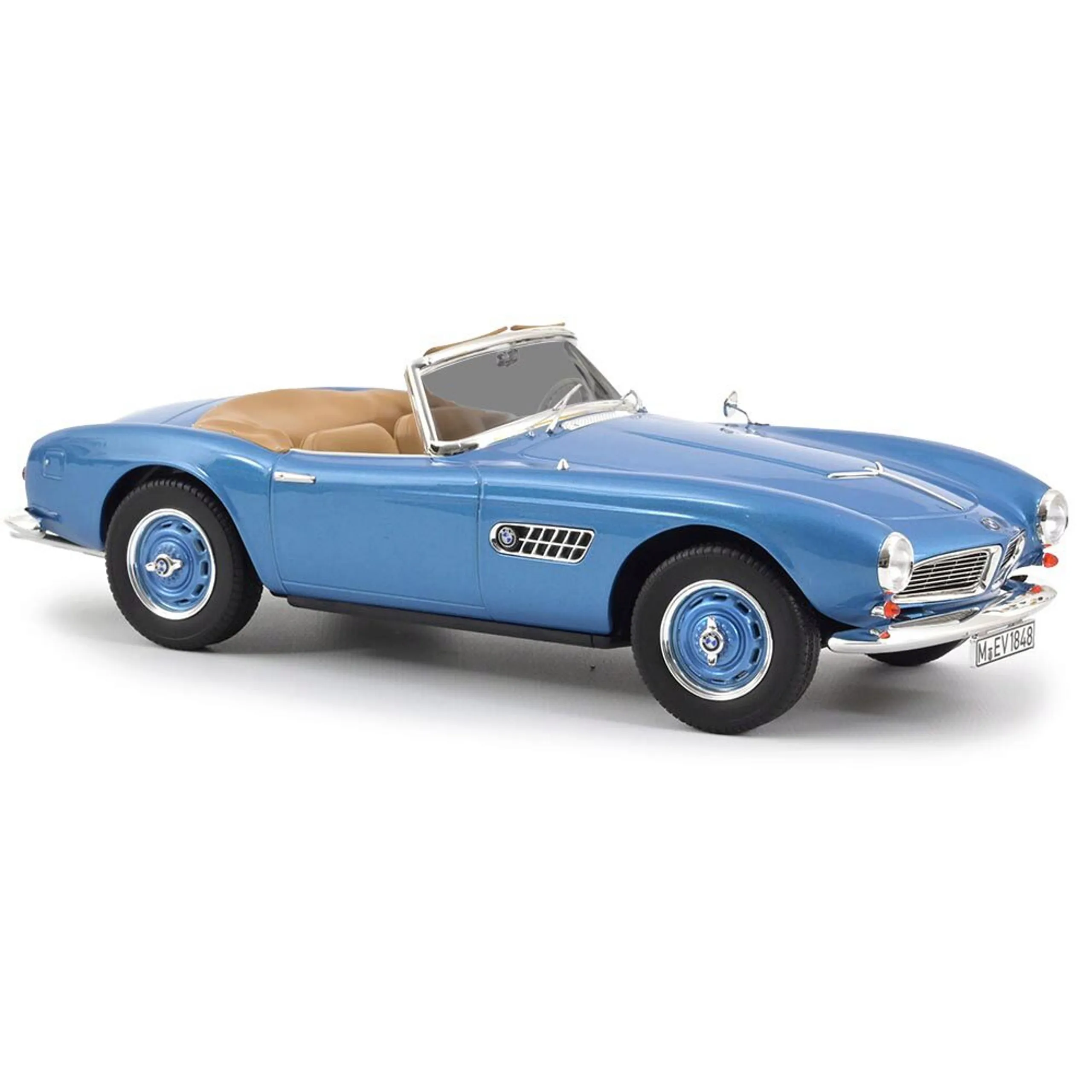
The primary material used in diecast model cars is a zinc alloy, often referred to as zamak, which is a combination of zinc, aluminum, magnesium, and copper. This material is chosen for its ability to capture fine details during the die-casting process, its strength, and its relatively low melting point. Other materials are used to create the various components of the model. Tires are commonly made of rubber, while the windows and lights are made of clear plastic. Interior details, such as seats, dashboards, and steering wheels, may be made of plastic or sometimes even fabric or leather in higher-end models. Paint and decals are also essential components, providing the final touch and authentic appearance. The combination of these materials results in a realistic and durable miniature representation of the original vehicle. Careful selection and application of these materials determine the overall quality and visual appeal of the diecast model car.
Scale and Sizing
Diecast model cars are produced in a variety of scales, with the most popular being 1:18, 1:24, and 1:43. The scale refers to the ratio between the size of the model and the size of the real car. For example, a 1:18 scale model is 1/18th the size of the actual vehicle. 1:18 scale models are generally considered the largest and most detailed, often featuring opening doors, hoods, and trunks. 1:24 scale models are slightly smaller and are often preferred for their balance of detail and affordability. 1:43 scale models are the smallest of the common scales, making them ideal for collections with limited space. Other scales, such as 1:64 and 1:12, are also available, catering to different collecting preferences. Understanding the scale is crucial when building a collection, as it affects the display space required and the level of detail one can expect.
Top 5 Tips for Buying Diecast Model Cars
Research and Budgeting
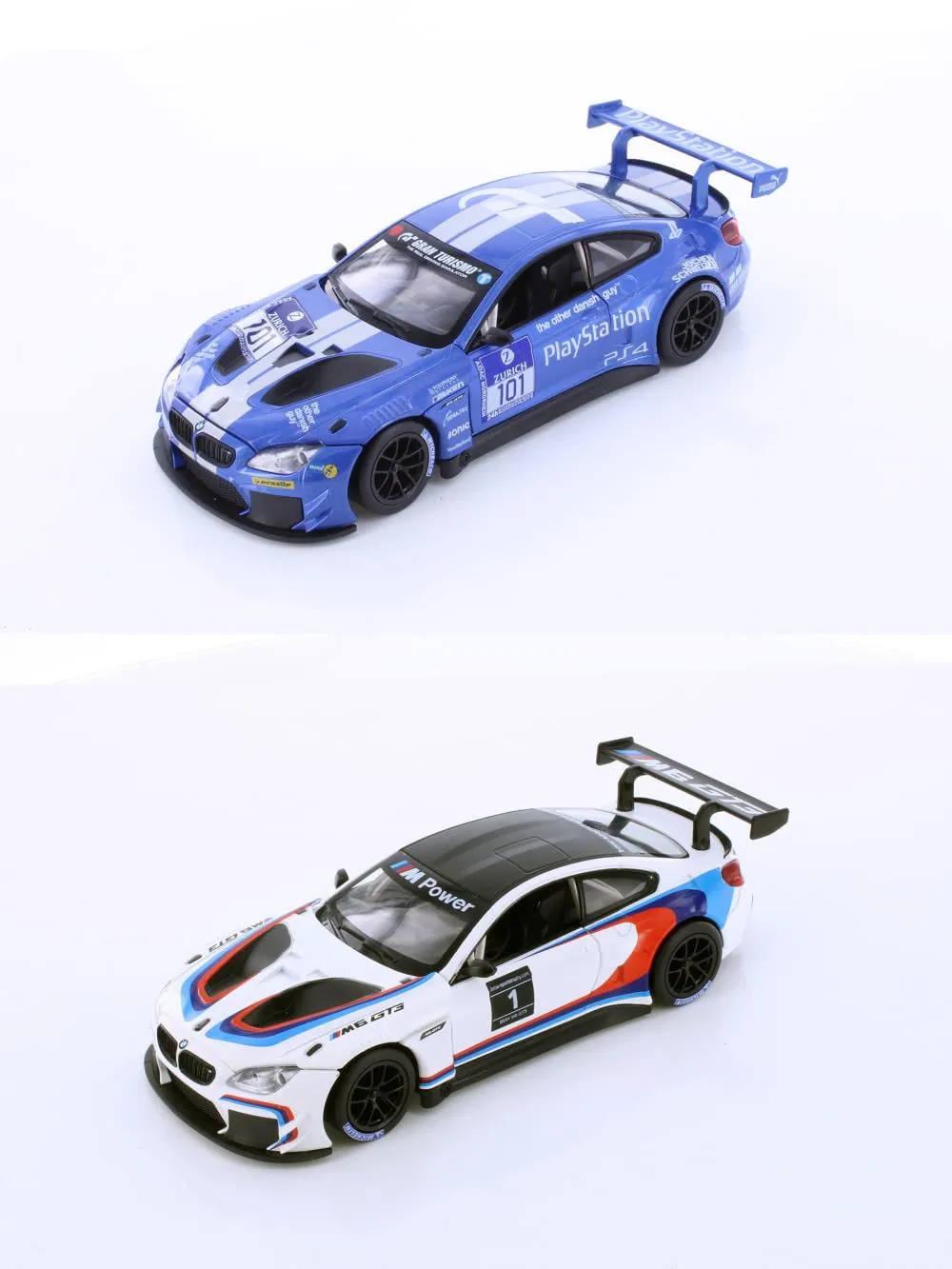
Before purchasing any diecast model car, thorough research is essential. Identify the make, model, and year of the car you desire. Explore different manufacturers and their reputation for quality and detail. Determine a realistic budget for your collecting goals. Diecast model car prices can vary widely depending on the scale, manufacturer, level of detail, and rarity. Set a budget that aligns with your financial constraints and collecting preferences. Explore online resources, collector forums, and price guides to understand the typical market value of the models you are interested in. This will help you avoid overpaying and make informed purchasing decisions. Researching your desired models will ultimately help you make informed decisions and build a collection that you will be proud of.
Identifying Reputable Dealers
Purchasing from reputable dealers is paramount to ensure authenticity, quality, and fair pricing. Research the dealer’s reputation by reading online reviews and seeking recommendations from fellow collectors. Consider buying from established online retailers, specialty shops, and authorized dealers. Check for clear return policies and warranty information. Avoid purchasing from unknown or untrustworthy sources, as you risk receiving counterfeit or damaged models. Reputable dealers often provide detailed product descriptions, high-quality photographs, and accurate grading of the model’s condition. They are also more likely to offer expert advice and support, which can be invaluable for both novice and experienced collectors. Building a relationship with a trusted dealer can greatly enhance the enjoyment and value of your collection.
Examining the Details
When evaluating a diecast model car, pay close attention to the details. Examine the paintwork for any imperfections, such as scratches, chips, or unevenness. Check the alignment of the body panels, doors, and other moving parts. Look closely at the interior details, including the seats, dashboard, steering wheel, and any additional features. Assess the quality of the wheels, tires, and any external accessories. Consider the overall accuracy of the model in relation to the real car. A well-made model will exhibit a high level of detail and craftsmanship. Do not hesitate to inspect the model closely, ask for additional photos, or request clarification from the seller if you have any concerns. Careful examination is essential for ensuring you are satisfied with your purchase.
Understanding Scale and Features
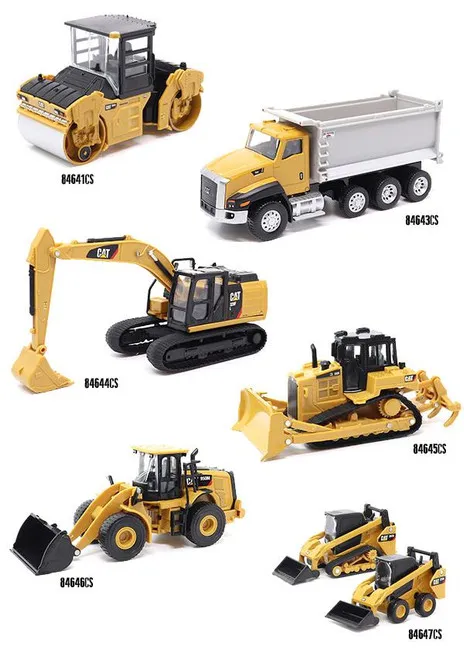
Familiarize yourself with the different scales and the features commonly associated with each. Larger scales, such as 1:18, often offer more intricate details, opening doors, hoods, and trunks, and sometimes even functional steering and suspension. Smaller scales, like 1:43, may have fewer features but are ideal for collections where space is limited. Consider the level of detail and features you desire in your collection and choose models that align with your preferences and budget. The scale also affects the price, with larger and more detailed models typically being more expensive. Furthermore, consider the availability of replacement parts and the ease of finding accessories for the chosen scale. Understanding the scale and associated features will greatly impact your collecting experience.
Considering Rarity and Value
The rarity of a diecast model car significantly impacts its value. Limited-edition models, those with a low production run, or those that are no longer in production, are generally more valuable. Research the production numbers of the models you are interested in. Check for special features, such as unique paint schemes, limited edition packaging, or autographs from the real-life car’s designers or drivers. Consider the model’s condition, as models in mint condition with their original packaging are typically worth more. Keep an eye on the prices of similar models sold in auctions or online marketplaces to gauge the current market value. Rarity, condition, and desirability are key factors that drive the value of diecast model cars, so be sure to factor these into your buying decisions.
Maintaining Your Diecast Model Cars
Cleaning and Dusting
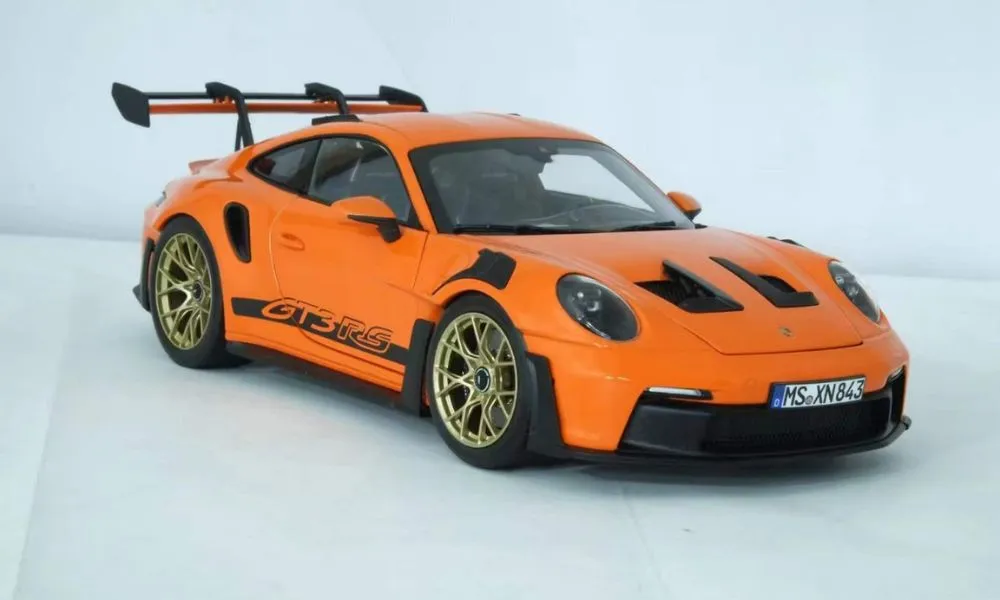
Regular cleaning and dusting are essential for preserving the appearance and value of your diecast model cars. Use a soft, microfiber cloth to gently dust the models regularly. Avoid using harsh chemicals or abrasive cleaners, which can damage the paint or delicate parts. For more thorough cleaning, you can use a damp cloth with a mild soap solution. Ensure the model is completely dry before returning it to display or storage. Use compressed air to remove dust from hard-to-reach areas. Consider using a small brush to clean the intricate details. A clean and well-maintained collection will look its best and maintain its value over time.
Proper Storage
Proper storage is crucial for protecting your diecast model cars from damage. Store your models in a cool, dry place away from direct sunlight and extreme temperatures. Avoid storing them in attics or basements, where humidity can cause rust or mold. Consider using display cases or protective boxes to shield the models from dust, scratches, and other potential hazards. If you have the original packaging, it is best to store the models in their original boxes, as this can increase their value. If the models are not in display cases, store them in a way that prevents them from bumping against each other. By providing a safe and stable environment, you can greatly extend the lifespan of your collection.
Protecting from Sunlight and Heat
Direct sunlight and excessive heat can damage diecast model cars. The sun’s UV rays can fade the paint, decals, and other colors. Heat can warp plastic parts or cause the glue to fail. To protect your models, avoid displaying them in direct sunlight. If you must display them near a window, consider using UV-protective film on the glass. Keep your models away from heat sources, such as radiators or direct sunlight. If you live in a climate with extreme temperatures, consider storing your models in a climate-controlled environment. By protecting your collection from these environmental factors, you can ensure that your diecast model cars retain their value and beauty for years to come.
Displaying Your Collection
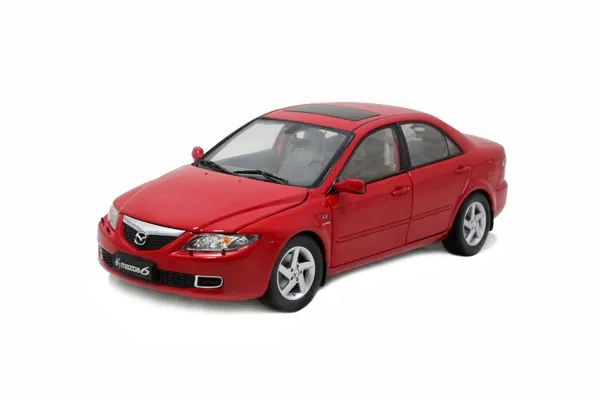
Choosing Display Cases
Choosing the right display cases is an important aspect of showcasing your diecast model car collection. Display cases not only protect your models from dust and damage but also enhance their visual appeal. Consider cases made of clear acrylic or glass to provide an unobstructed view of your collection. Choose cases that match the scale and size of your models. There are a variety of display cases available, including individual cases for single models, multi-tiered cases for displaying multiple models, and wall-mounted cases to conserve space. Consider the lighting within the display case; spotlights or LED strips can illuminate the models and highlight their details. Select display cases that complement the style and aesthetics of your models.
Arranging Your Models
The way you arrange your diecast model cars within your display cases significantly impacts the visual impact of your collection. There are several approaches to consider. You can arrange them by make, model, year, or scale. You can create thematic displays, such as showcasing a collection of vintage cars, race cars, or specific car brands. Consider adding accessories or backgrounds to enhance the display. You can use small figurines, model garages, or scale replicas of gas stations to create a more immersive scene. Avoid overcrowding the display cases to allow each model to be fully appreciated. Experiment with different arrangements and find a layout that is visually appealing and highlights the best aspects of your collection.
Lighting and Backgrounds
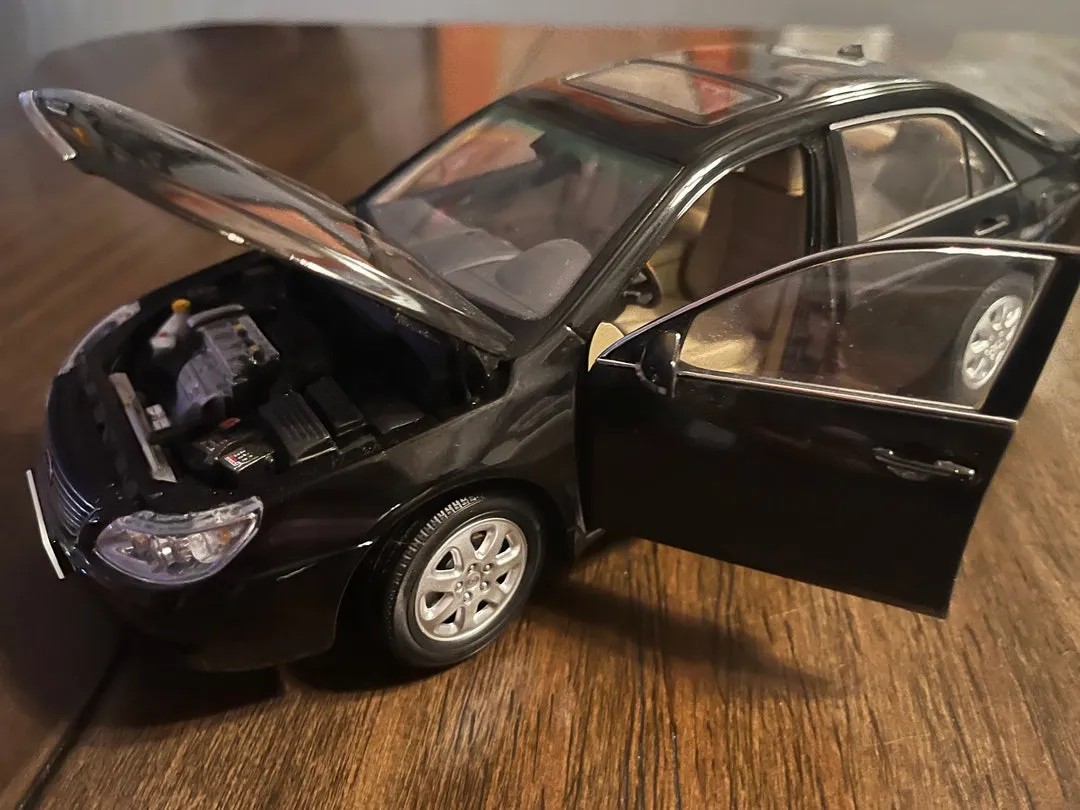
Proper lighting and backgrounds can significantly enhance the presentation of your diecast model car collection. Use LED strip lights or spotlights within the display cases to illuminate the models and highlight their details. The correct lighting can bring out the shine in the paintwork and enhance the intricate features of the models. Use a neutral or dark background to prevent distractions. Consider using a fabric or paper backdrop that complements the models and the overall aesthetic of your display. Avoid placing the display cases in direct sunlight, which can fade the colors of the models over time. Experiment with different lighting and background options to create a visually stunning and captivating display.
